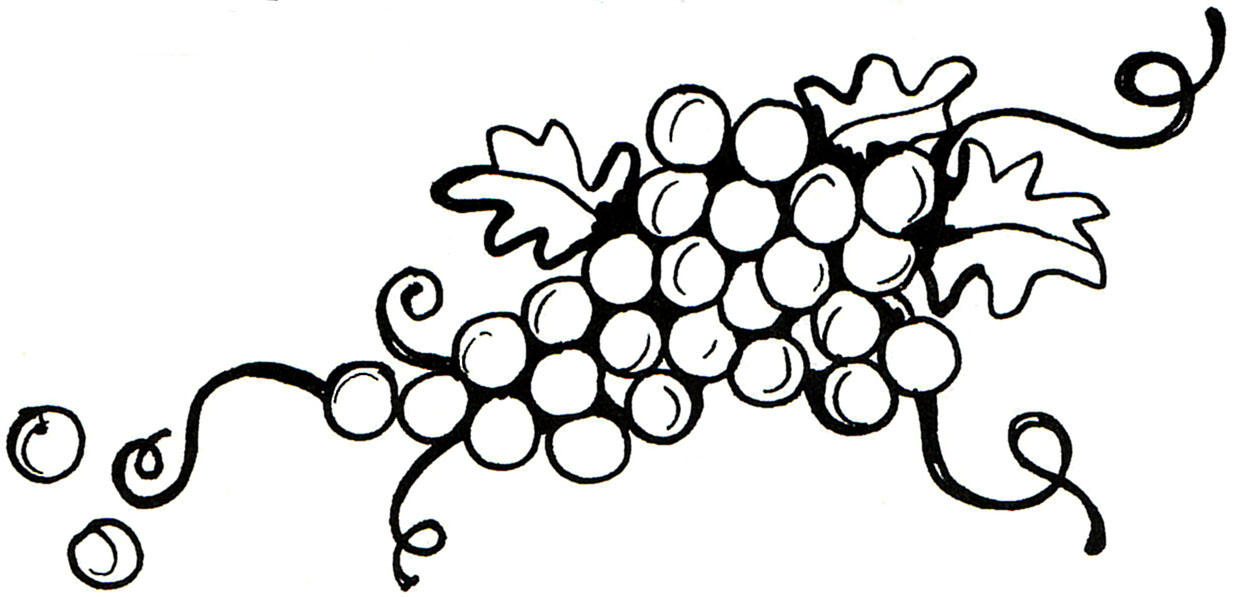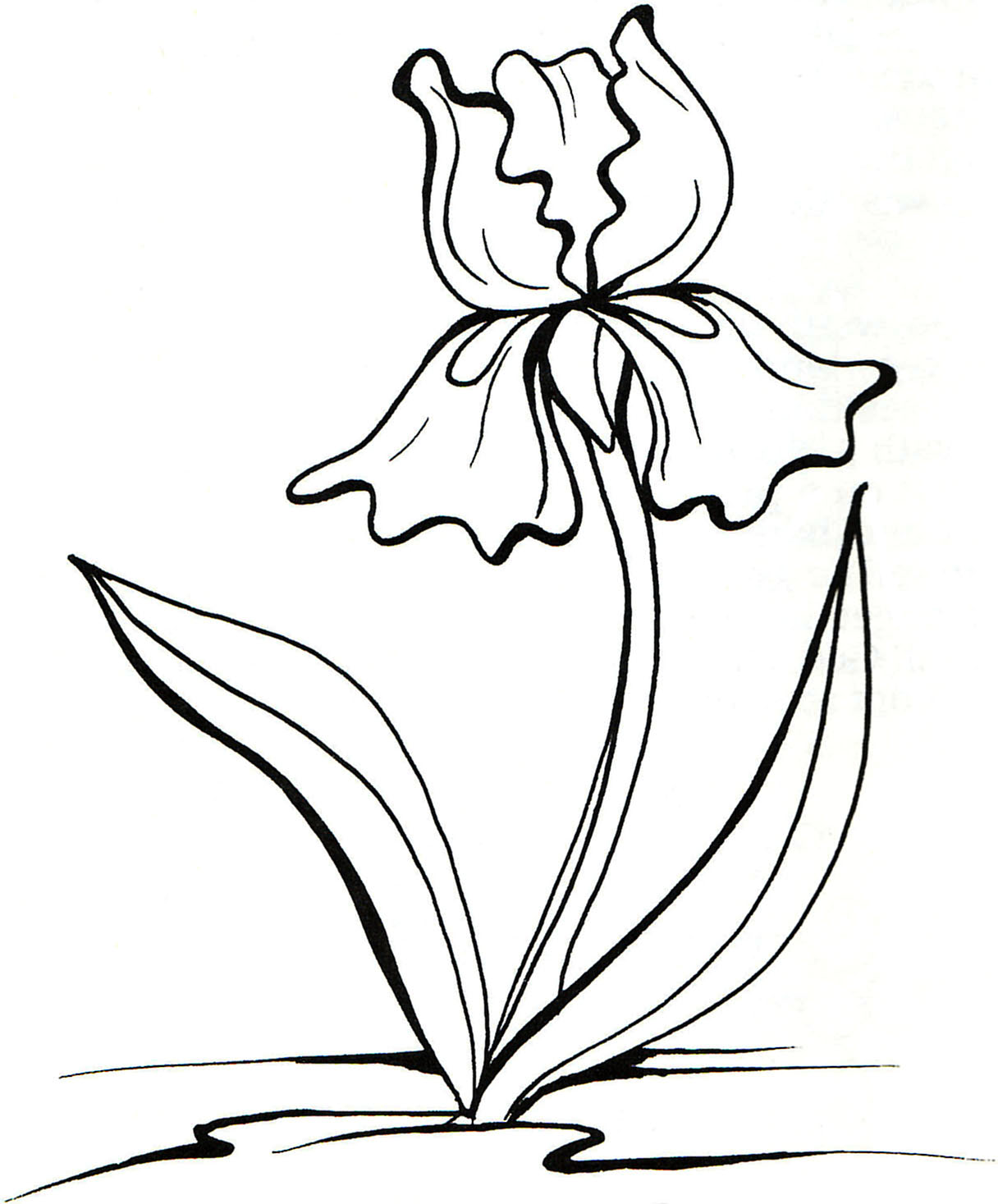

Mother’s Helper / Daddy’s Helper
MOSES’ FINAL WORDS
While Moses was in Mt. Sinai with God, he was given plans for building a place of worship. It was called the Tabernacle, and was a tent‑like building that could be taken down and carried from place to place as they journeyed. It was enclosed in an outer court, 50x30 cubits or about 75x45 feet. The Tabernacle itself was divided into two rooms. The Holy Place, about 15x30 feet, and the Most Holy Place, about 15 feet square. The priests could go into the Holy Place daily. Only the high priest could go into the Most Holy Place. He was to do this once each year to offer sacrifice for himself and for the people.
The furniture for the outer court was the altar of burnt offerings where the animal sacrifices were made, and from which the priests were to take the fire for burning incense before God. Between the altar and the Tabernacle was the laver or the place where the priests were to bathe before going into the Tabernacle. Inside the Tabernacle, to the right, was the table of shewbread. Fresh bread was to be placed on it each week. To the left of the doorway was the candlestick, which was to burn continuously. Just before the curtain that opened into the Most Holy Place, was the altar of incense where incense was burned daily.
The Ark of the Covenant, a box‑like object, was to be placed inside the Most Holy Place. Over the ark there were to be cherubim facing each other, yet looking down at the mercy seat, the top of the ark. It was here that the Shekinah dwelt or the visible presence of God was manifested. This gave light to the Most Holy Place.
God gave orders to Moses that everything should be made exactly as He had said on the mountain. The Tabernacle was to have four coverings. Today it would cost a great amount of money to build this tabernacle according to the plan given by God on Mt. Sinai.
The last few verses of Exodus explain that when the Tabernacle was completed, the cloud covered it and the glory of God filled the Tabernacle. Not even Moses could enter it. When the cloud was taken up the people moved, but when the cloud remained over the Tabernacle the people stayed where they were.
Numbers 12:3 says Moses was the meekest man on earth. Yet Moses had struck the rock when God said speak to it, hence God told him he could not go into the Promised Land. However, we have a great assurance that Moses will be among those in heaven. He met and talked with Jesus on the mount of transfiguration. As great as Moses was, he was not as great as Jesus. In the book of Revelation we read of the song of the victorious multitude over the beast, which song was the song of Moses and the song of the Lamb.
Moses went up into Mt. Nebo. God showed Moses all the land the children of Israel would possess. Moses had sent spies into the land and they came back with a cluster of grapes so big that two men had to carry it on a pole between them. Truly, it was a land of milk and honey, just as God had said. Moses was not allowed to go over into that land because in a moment of anger he had failed to honor God. When Moses begged God to let him go over into the land, God told him not to speak any more about it.
Moses died in the land of Moab, and God buried him. Only God knows where Moses is buried. We read of Michael, the archangel, disputing with the devil about the body of Moses (Jude 10). We can only guess what that dispute was about.
Questions
1. What was Moses given on Mt. Sinai?
2. What was this place called?
3. What furniture was in the first room?
4. What two things were in the outer court?
5. What was in the Most Holy Place?
6. What was over the ark?
7. What filled the Tabernacle when completed?
8. How meek was Moses?
9. Where did God take Moses, and what did God show him?
10. Who buried Moses and where?
Drawings to Color


Observations for Parents and Children
1. God specified in detail how the tabernacle was to be made. There was to be no addition to, nor subtraction from the plan. God has always demanded exact obedience.
2. While we do not know, nor do we need to know, where Moses was buried, we can profit by the example he set in meekness and wisdom, and in his devotion to duty and his love for God.